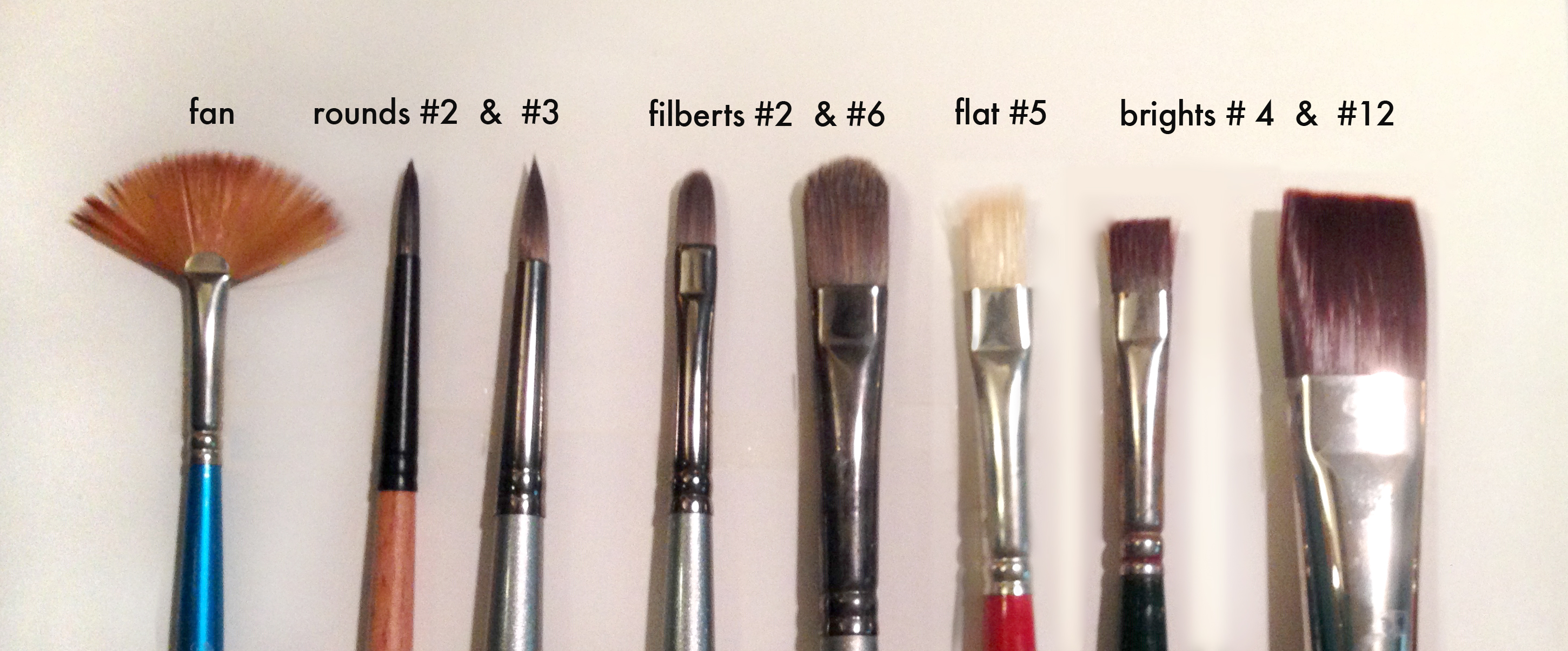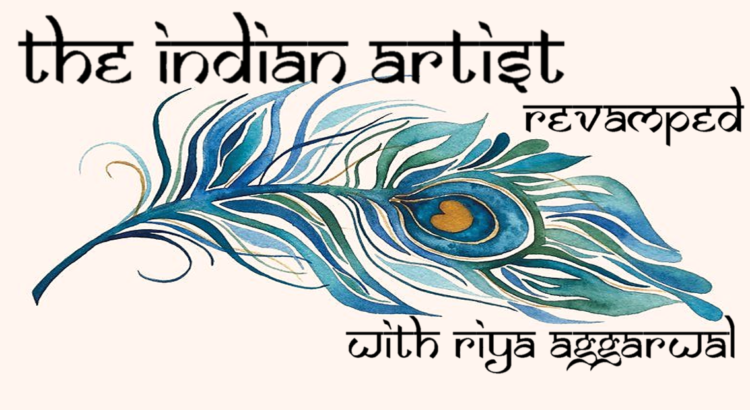Good afternoon all! I hope you are all doing well! I have decided to continue in along of the lines of my last post and discuss painting materials. This week I will talk about some of my favorite brush types and the effects that can be achieved from them. This post was inspired from my best friend who had a hard time understanding the difference between a mop and a filbert!
First, it is important to delineate the difference between synthetic and natural brushes. Natural bristles are made from some sort of animal hair, such as hog or badger. Synthetic bristles are often made from nylon, polyester, or a combination of both. Natural-bristle brushes are best for applying oil-based alkyd paints, and synthetic-bristle brushes are recommended for water-based latex paints.
Second, it is VERY important to take care of and properly clean your brushes (especially after using oil-based paint). I have to take my own advice here as I am definitely a culprit of leaving my dirty oil painting brushes lying around for a shameful amount of time. You’ll need odorless mineral spirits (OMS), a rag, tissues, or paper towels. Wipe the brush of any paint, then wash in OMS or Terpenoid, and then dry it with a tissue or rag. I like using a simple soap at the end of my painting session to make sure they are completely clean.
Brushes come in a variety of styles. Eventually, you’ll determine your own favorite brushes to use! I love using large mops for blending and small filberts for laying down color. Here are some basic brush descriptions, though the length of the bristles often varies from brand to brand:
Round: round with a pointed tip; this brush is great for delicate work and details
Flat: flat with squared ends; these are great for covering large areas of a piece quickly
Bright: These are similar to a flat brush, but the hairs on brights are shorter. This allows a bit more control than the longer flat brush. Because it has short bristles, which bend less, it can move oil paint against the grip of the canvas, and fill large areas fast.
Filbert: Also sometimes called an oval, a filbert is flat with rounded ends and great for mixing paints
Fan: flat and shaped like a fan — You can cut some of the bristles out of your fan brush in a ragged pattern to make a very rough scraggly mark; fans are great for painting grass, hair, fur, removing brushstrokes
Mop: Exactly what you would expect, a full bristled brush that is great for blending

I hope that you all are enjoying this more theory and materials-based blog posts. I absolutely love collecting and trying out various shapes of brushes to see the effects that I can create. If any questions or thoughts arise, please comment or reach out to me via my socials!
Until next week,
Riya
Instagram: @riya_aggarwal.art
Portfolio: https://theindianartist.weebly.com/



Leave a Reply
Be the First to Comment!